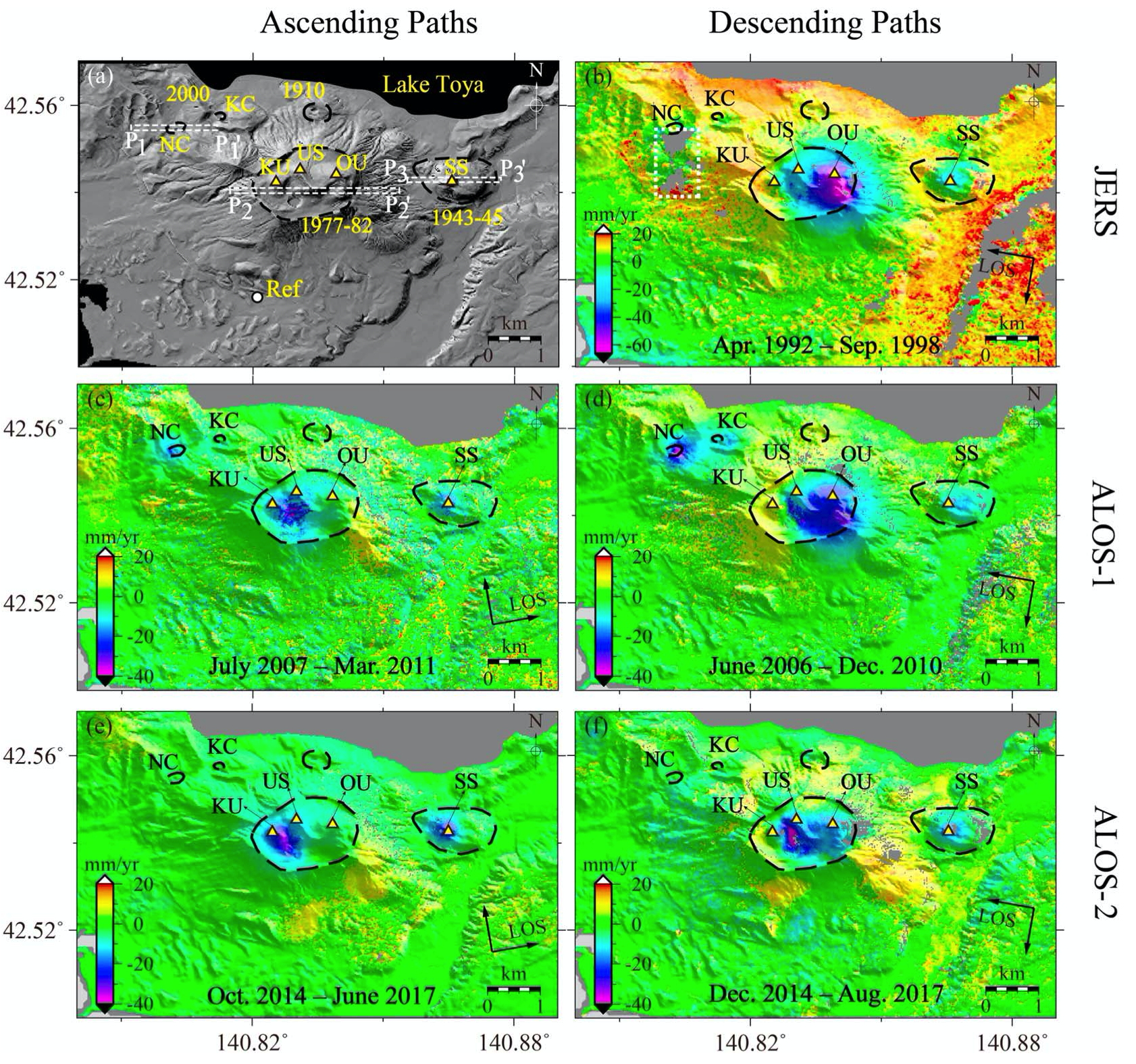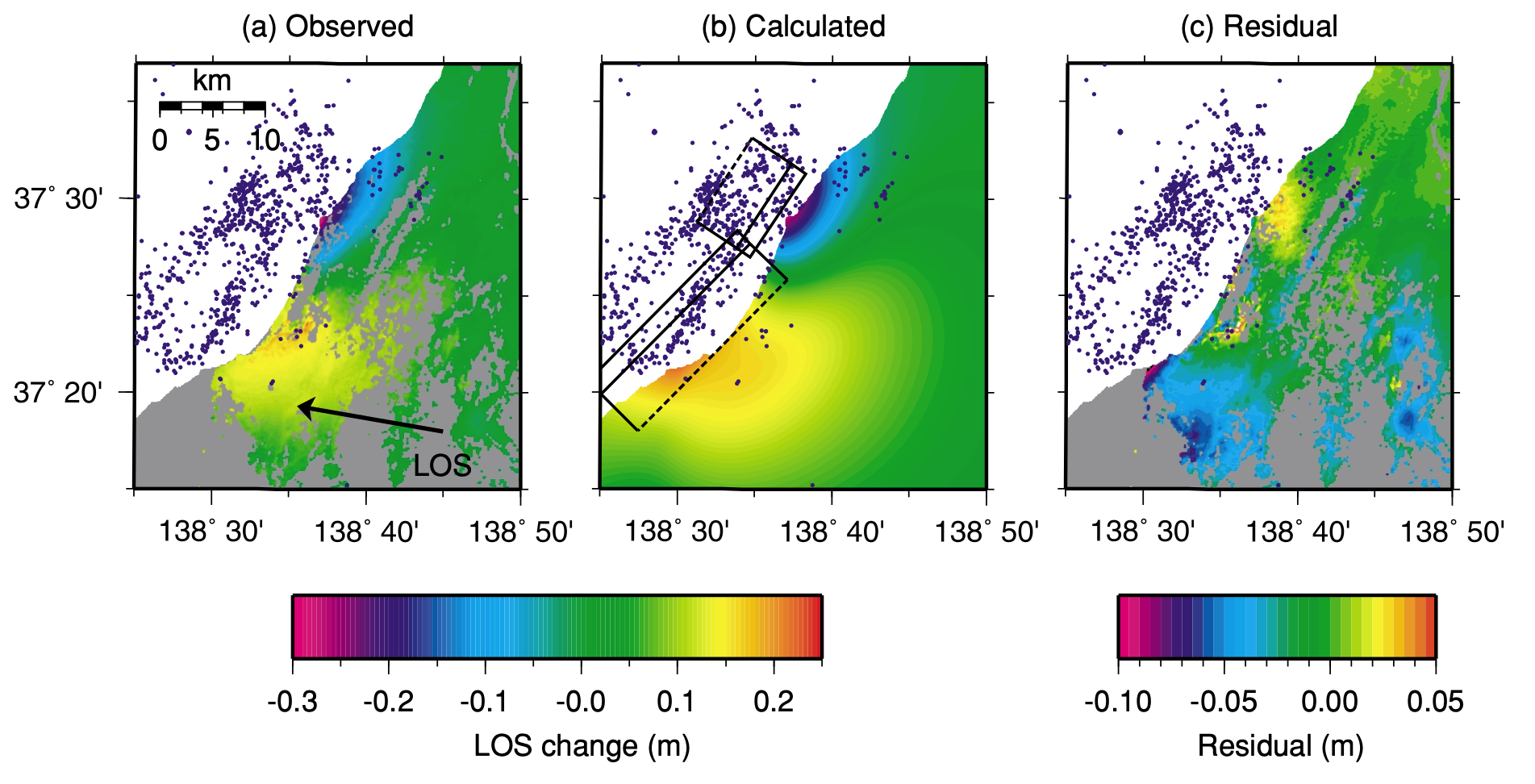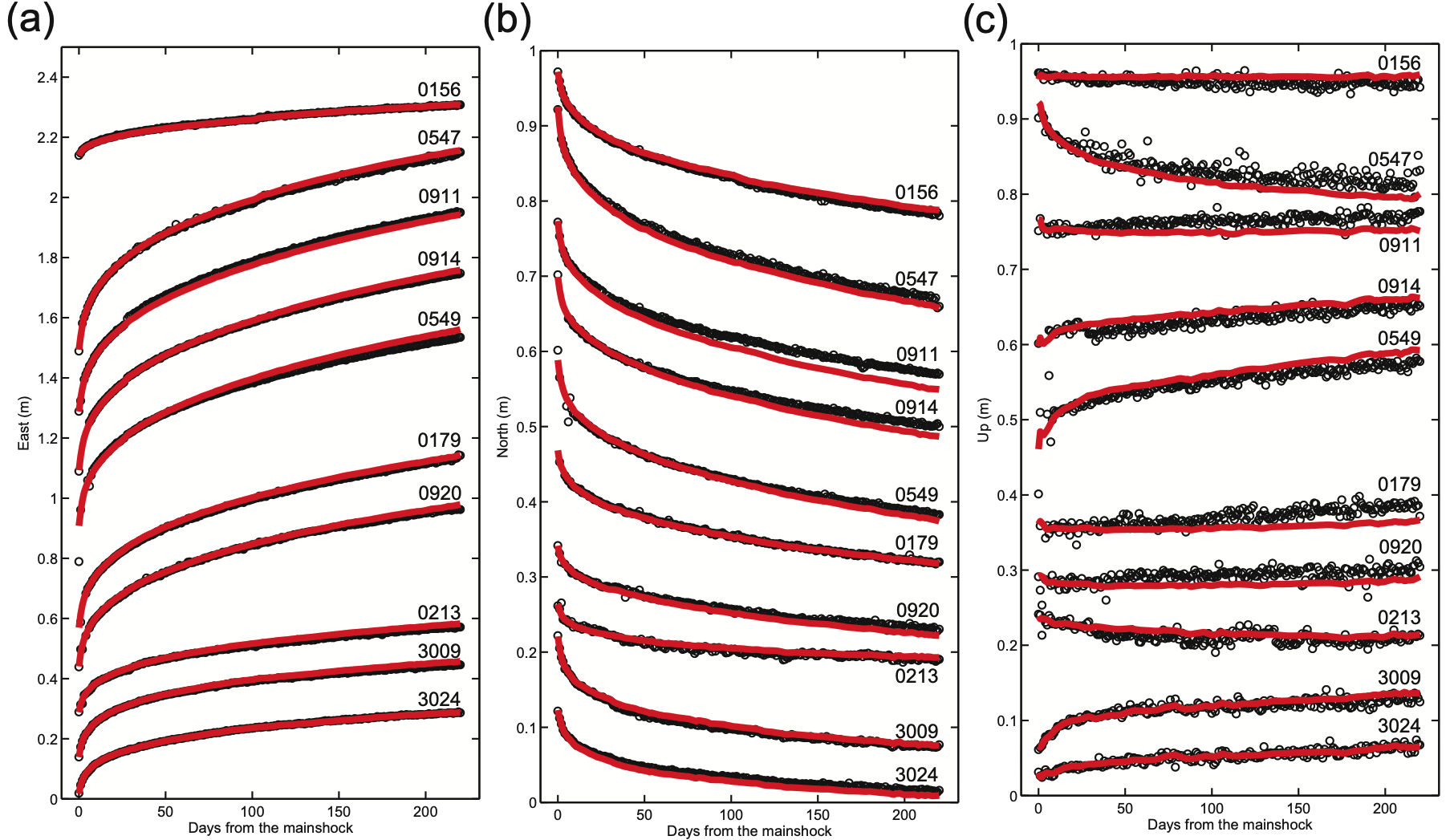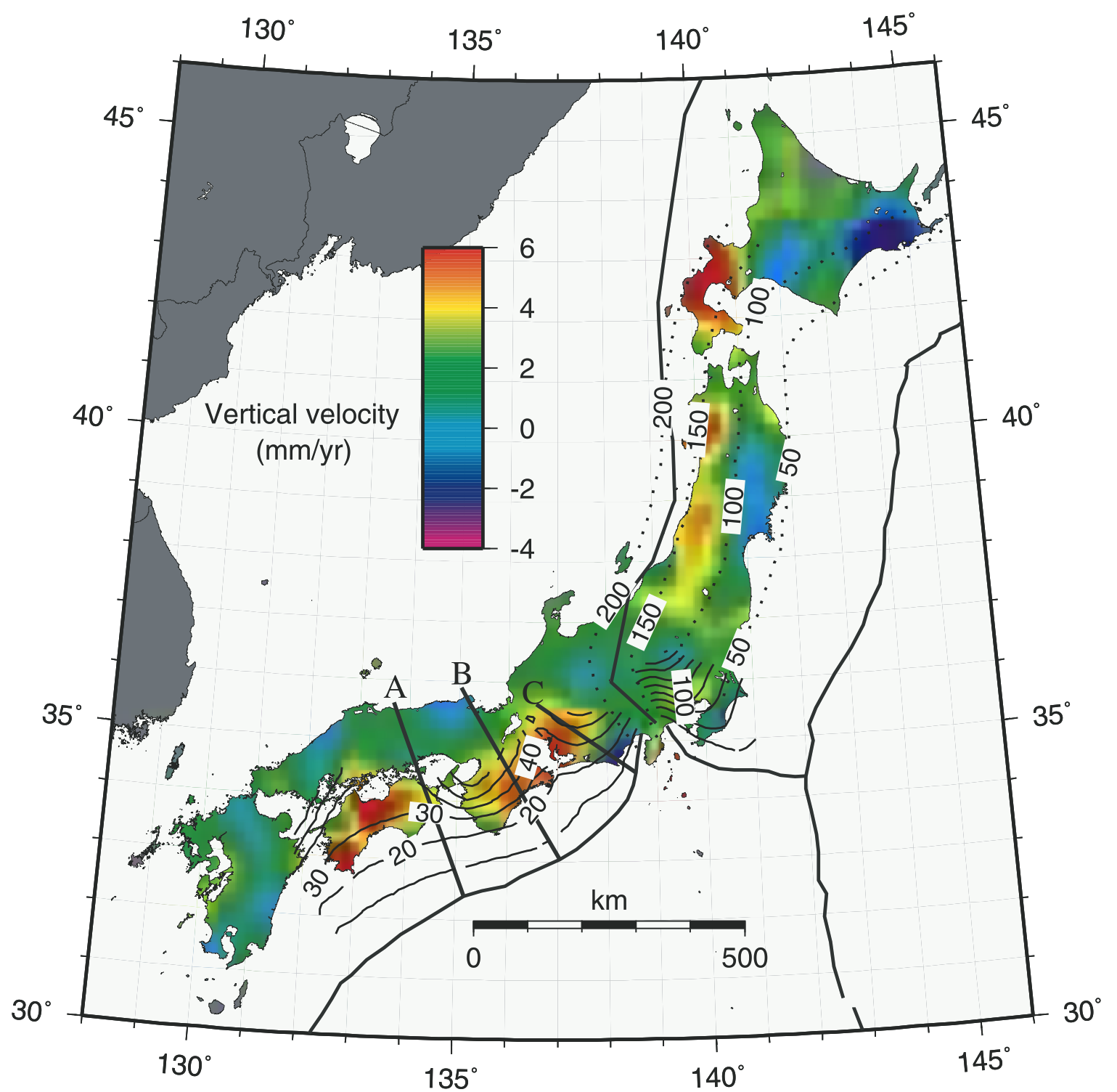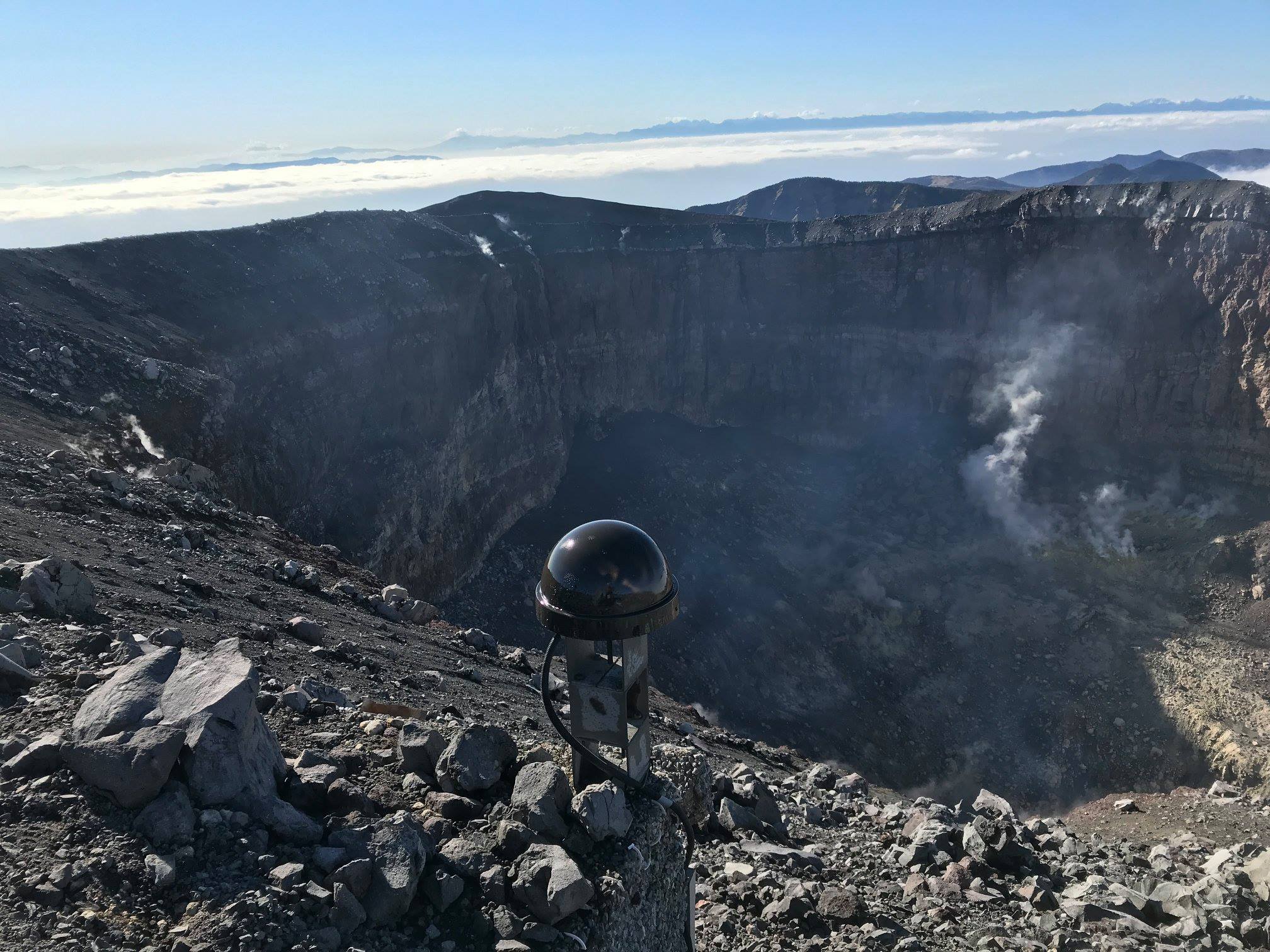Earthquake deformation
An earthquake is a process to release accumulated stress. Geodetic data is capable of observing the whole process of stress accumulation and release. Also, we observe stress release processes much slower than earthquakes, called "slow earthquakes." Our group seeks to understand the whole seismic cycle through geodetic and other observations and physical modeling.
